When it comes to staying cool and comfortable in various settings, both table fans and desk fans are popular choices. At first glance, they may seem quite similar, but upon closer inspection, there are several key differences between the two. In this blog post, we will explore the distinctions between table fans and desk fans, focusing on their design, functionality, usage scenarios, and other important aspects. By understanding these differences, you can make a more informed decision when choosing the right fan for your needs.
Design and Appearance
Size and Portability
One of the most noticeable differences between table fans and desk fans is their size. Table fans are generally larger in size compared to desk fans. They are designed to provide a wider coverage area and are often more suitable for rooms or spaces where multiple people may need cooling. Due to their larger size, table fans tend to be less portable. They usually have a heavier base and larger blades, making them more difficult to move around easily.
On the other hand, desk fans are smaller and more compact. They are specifically designed to be placed on a desk or a small surface area. Their compact size makes them highly portable, allowing you to easily move them from one location to another. Whether you want to use it at your office desk, in a study corner, or even on a bedside table, a desk fan can be conveniently relocated.
Blade Design and Rotation
The blade design of table fans and desk fans also varies. Table fans often have larger and wider blades. These blades are designed to move a significant amount of air, providing stronger airflow over a larger area. The rotation speed of table fans can usually be adjusted to different levels, allowing you to control the intensity of the airflow according to your needs.
Desk fans, on the other hand, typically have smaller blades. While they may not generate as much airflow as table fans, their smaller size and lower power consumption make them ideal for personal use on a desk. The rotation speed of desk fans may also be adjustable, but the range of adjustment is often more limited compared to table fans.
Base and Stability
The base of a table fan is usually larger and heavier to provide stability. This is important because table fans are often placed on tables or other surfaces where they need to remain upright and stable during operation. The larger base helps prevent the fan from tipping over, especially when it is operating at higher speeds.
Desk fans, being smaller and more portable, have a relatively smaller base. However, they are designed to be stable enough on a flat desk surface. Some desk fans may come with rubber feet or other stabilizing features to prevent them from sliding around on the desk.

Functionality and Features
Airflow and Cooling Capacity
As mentioned earlier, table fans generally have a higher cooling capacity due to their larger blades and stronger airflow. They are capable of cooling a larger area, making them suitable for rooms, offices, or outdoor spaces where multiple people need to be cooled simultaneously. For example, in a small office with several employees, a table fan can help circulate air and create a more comfortable working environment.
Desk fans, while not as powerful as table fans, are designed to provide focused cooling for an individual. They are effective at creating a personal cooling zone on a desk or in a small area. Even though they may not cool a large space, they can be very effective in reducing the temperature around your immediate workspace, especially during hot summer days or when working in a poorly ventilated area.
Oscillation Function
Many table fans come with an oscillation function, which allows the fan to rotate horizontally or vertically. This feature helps distribute the airflow more evenly throughout the room, providing better overall cooling. Oscillating table fans are particularly useful in larger rooms where you want to ensure that cool air reaches all areas.
Most desk fans, however, do not have an oscillation function. Their focus is on providing a steady stream of air directly in front of them. This is sufficient for personal use on a desk, as you are mainly concerned with cooling yourself rather than the entire room.
Speed and Noise Levels
Table fans often have a wider range of speed settings compared to desk fans. This allows you to adjust the airflow intensity according to your comfort level and the specific requirements of the space. However, the higher speeds of table fans can sometimes result in increased noise levels, especially when operating at maximum speed.
Desk fans, on the other hand, are designed to operate at relatively lower speeds and produce less noise. Since they are mainly used for personal cooling, a quieter operation is often preferred. This makes desk fans a great choice for environments where you need to concentrate, such as an office or a study area.
Additional Features
Some table fans may come with additional features such as a remote control, timer function, or even air purification capabilities. A remote control allows you to adjust the fan's settings from a distance, providing added convenience. The timer function can be useful for setting the fan to turn off automatically after a certain period, saving energy.
Desk fans, while generally more basic in terms of features, may still offer some useful functions. For example, some desk fans have adjustable tilt angles, allowing you to direct the airflow exactly where you need it. Some may also have a low-power mode or an energy-saving feature to reduce electricity consumption.

Usage Scenarios
Table Fans
Table fans are ideal for larger spaces where multiple people need cooling. They are commonly used in offices, classrooms, living rooms, and outdoor areas such as patios or porches. In an office setting, a table fan can help create a comfortable working environment for a group of employees. In a living room, it can provide overall cooling during hot summer evenings when the family is gathered together.
Desk Fans
Desk fans are specifically designed for personal use on a desk or a small surface area. They are perfect for home offices, study corners, or any other situation where you need focused cooling while working or studying. For example, if you spend long hours working at your computer desk, a desk fan can help keep you cool and comfortable, improving your productivity and concentration.
Cost and Energy Consumption
Cost
In general, table fans tend to be more expensive than desk fans. This is due to their larger size, more complex design, and additional features. The cost of a table fan can range from moderately priced models suitable for home use to high-end models with advanced features that are more suitable for commercial or industrial applications.
Desk fans, on the other hand, are relatively inexpensive. They are available at a wide range of price points, making them accessible to a larger number of consumers. You can find basic desk fans at a very affordable price, while more advanced models with additional features may cost slightly more.
Energy Consumption
Table fans typically consume more energy than desk fans due to their larger motor size and higher power output. This means that running a table fan for an extended period can result in higher electricity bills. However, many modern table fans come with energy-saving features to help reduce power consumption.
Desk fans, being smaller and less powerful, consume less energy. They are a more energy-efficient option for personal use, especially when you only need cooling for a short period or in a small area.
Conclusion
In summary, while both table fans and desk fans serve the purpose of providing cooling, they have distinct differences in terms of design, functionality, usage scenarios, cost, and energy consumption. Table fans are larger, more powerful, and suitable for cooling larger spaces with multiple people. They often come with additional features such as oscillation and a wider range of speed settings, but they also tend to be more expensive and consume more energy.
Desk fans, on the other hand, are smaller, more portable, and designed for personal use on a desk or in a small area. They are quieter, more energy-efficient, and often more affordable. They may not have as many advanced features as table fans, but they are highly effective in providing focused cooling for an individual.
When choosing between a table fan and a desk fan, it is important to consider your specific needs and the environment in which you will be using the fan. If you need to cool a large area or multiple people, a table fan may be the better choice. However, if you are looking for a personal cooling solution for your desk or workspace, a desk fan will likely meet your requirements. By understanding the differences between these two types of fans, you can make an informed decision and select the fan that is most suitable for you.




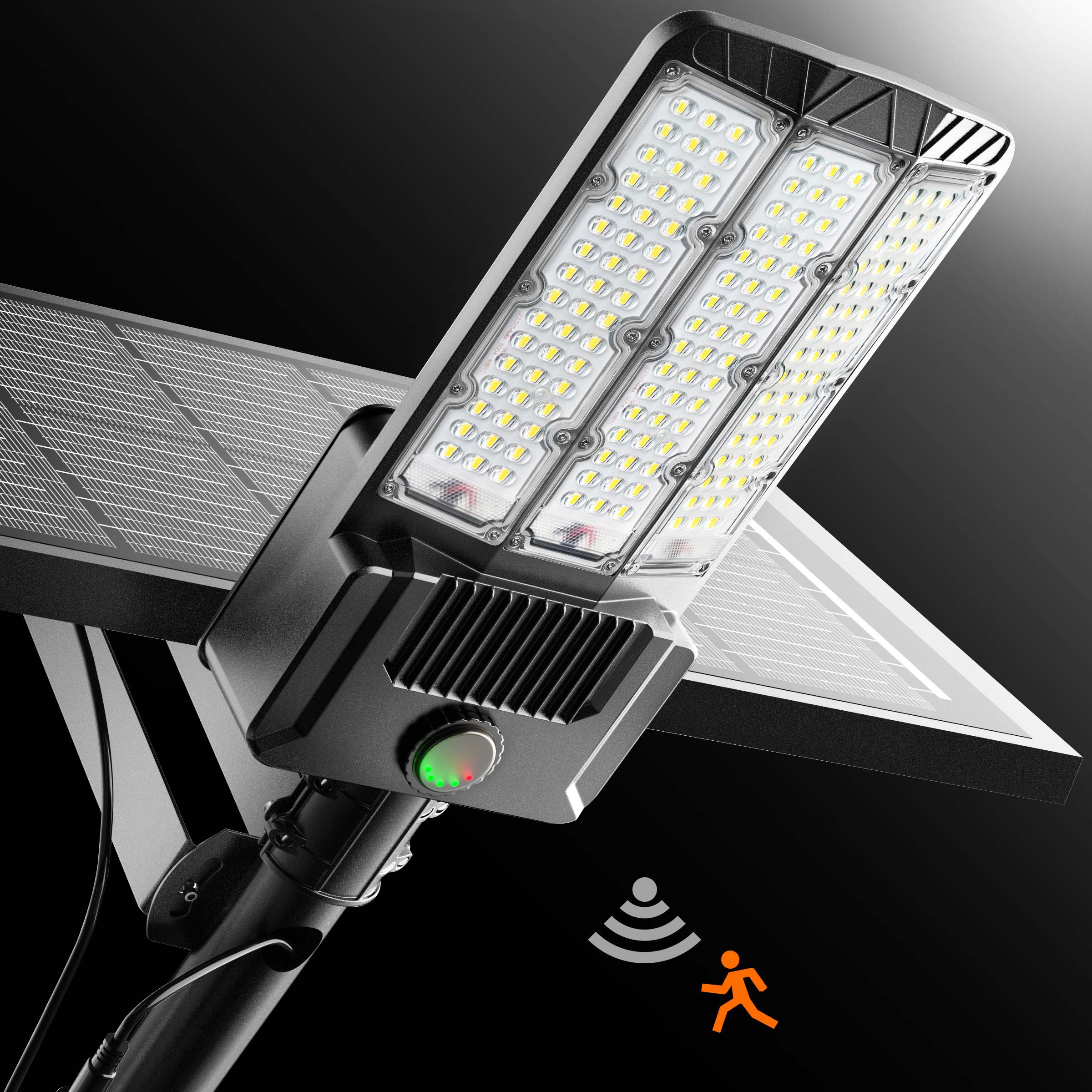
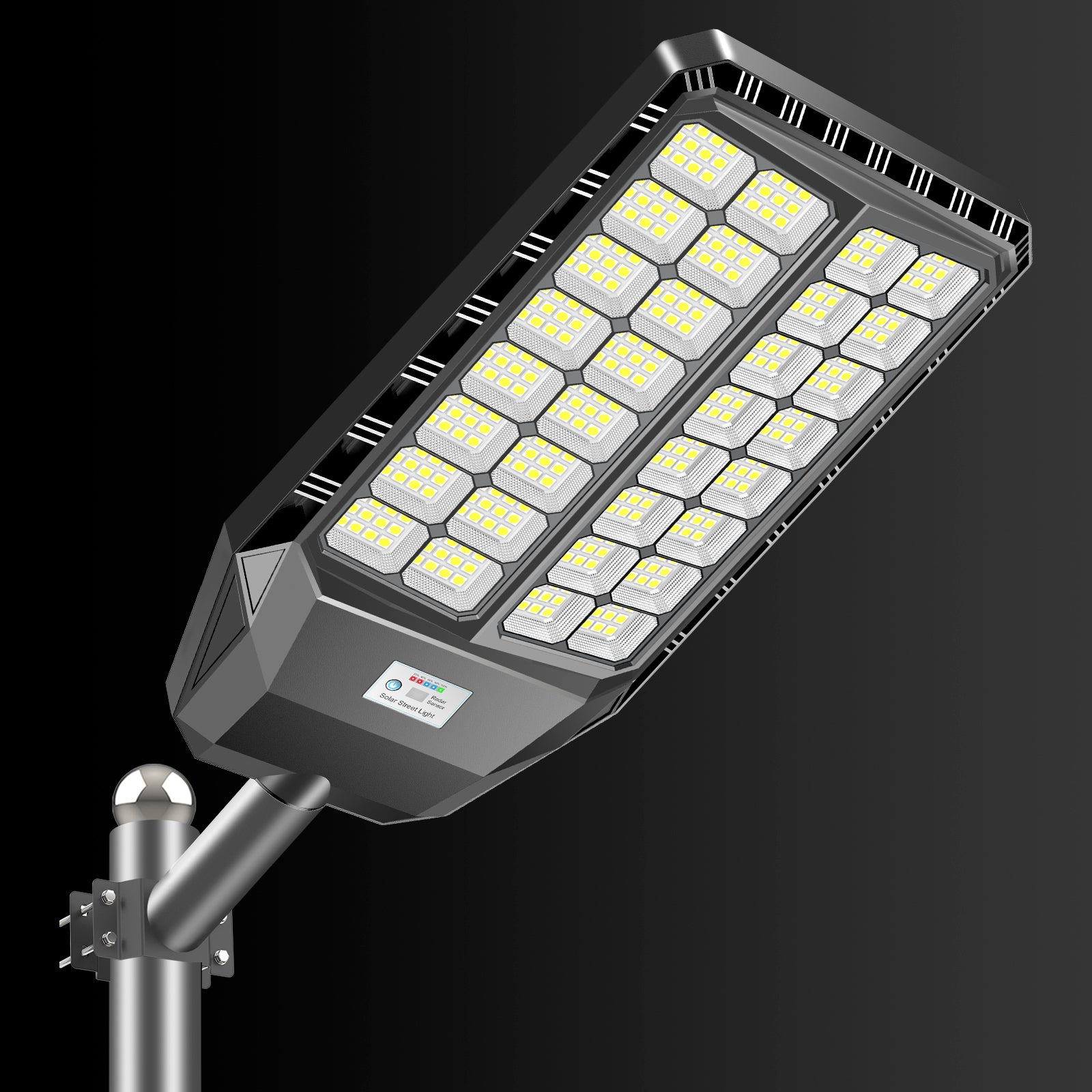
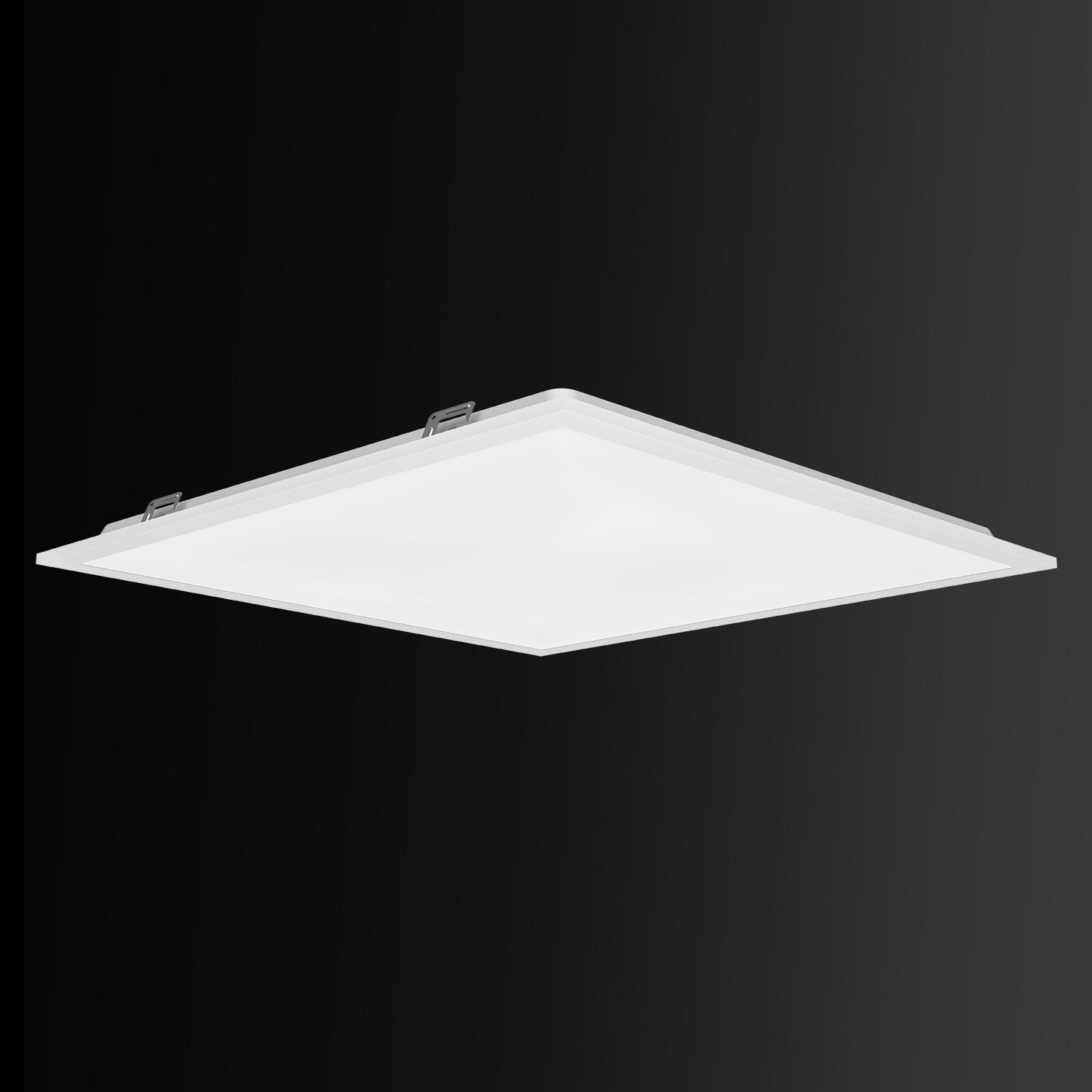

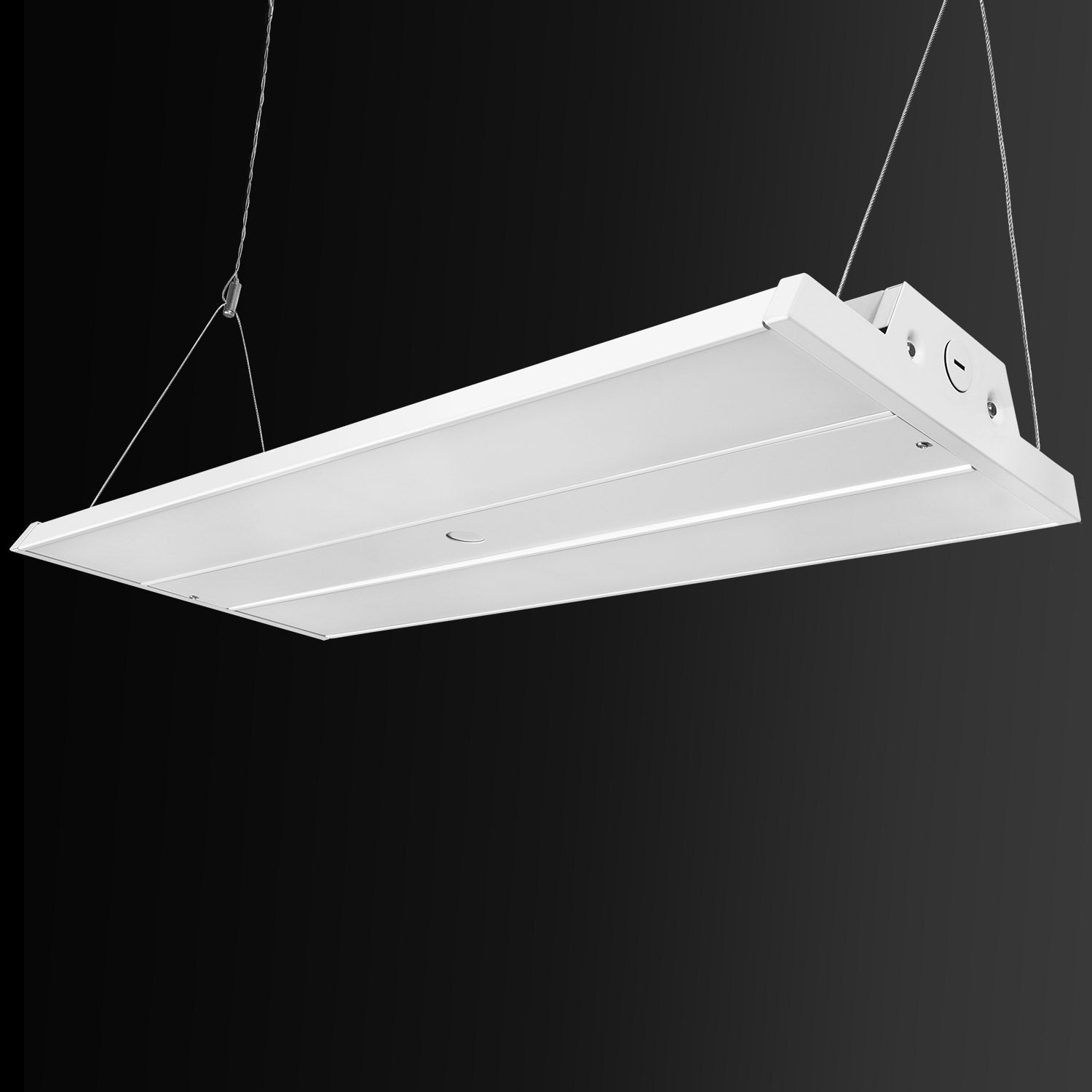
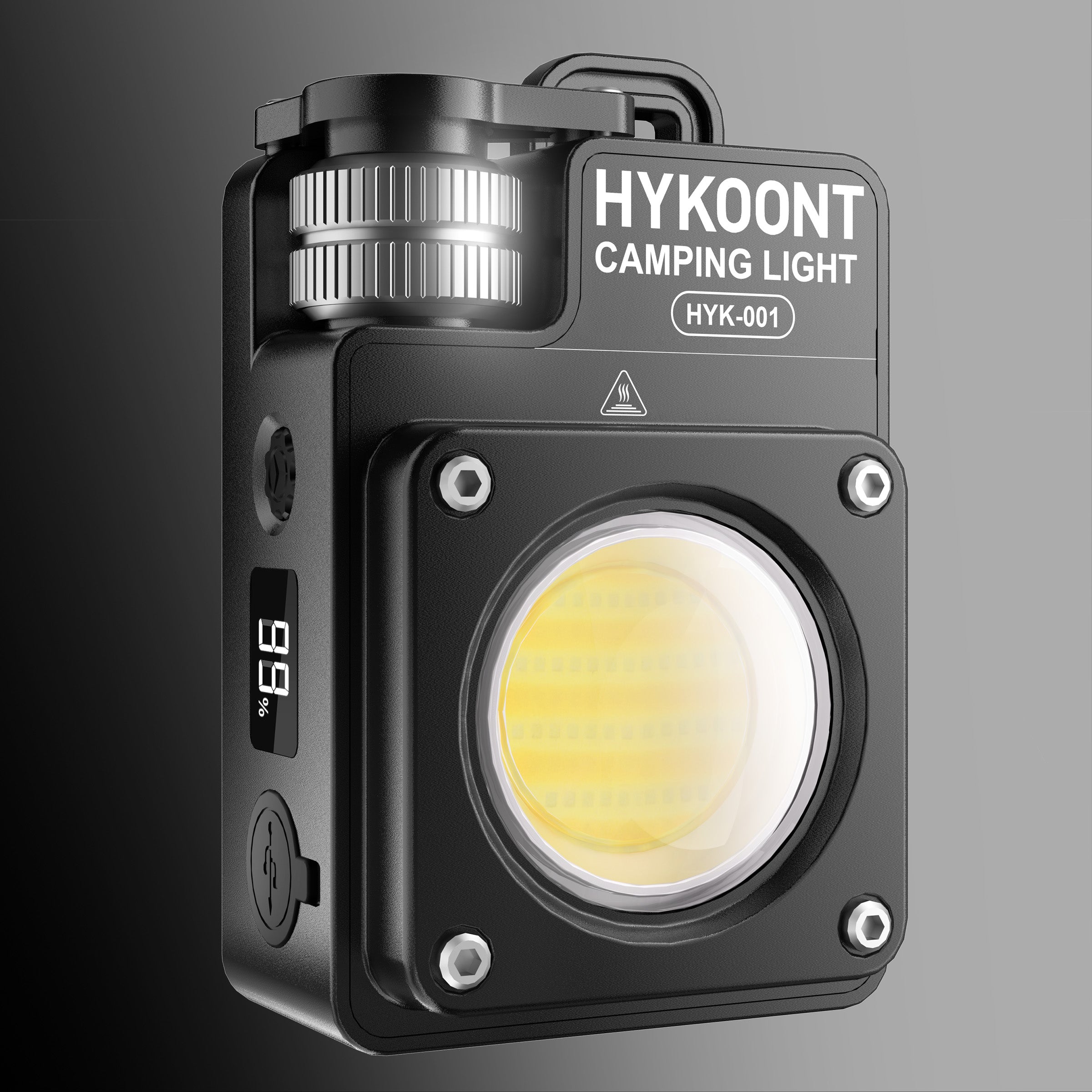
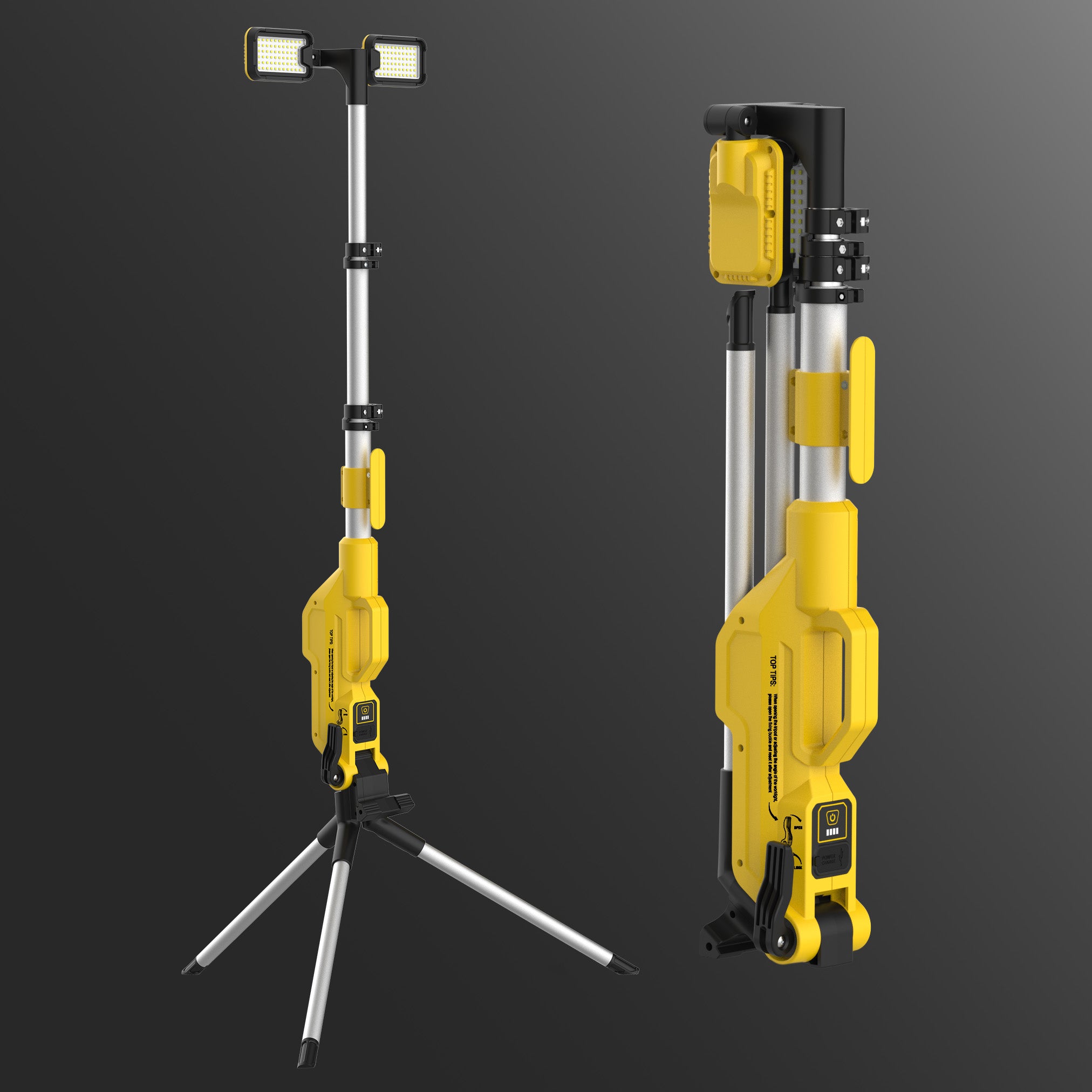
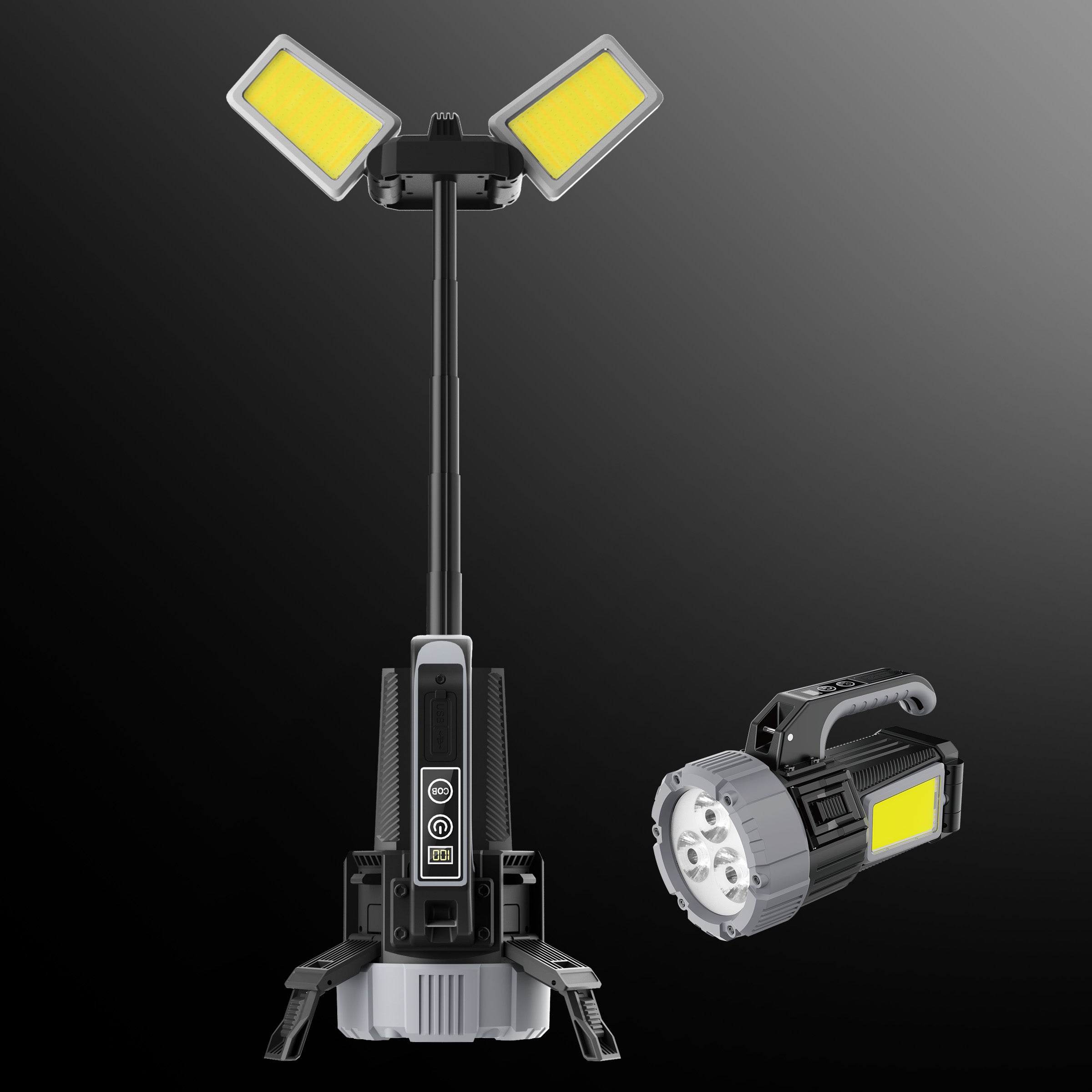


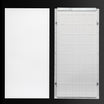
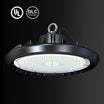
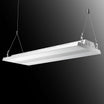


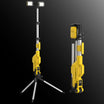
![[BOGO] Hykoont LS018 Multi-Function 2 in 1 Flashlight Portable Extendable Adjustable Brightness CCT Bright](http://hykoont.com/cdn/shop/files/HYK-STDG18-2.jpg?v=1765273877&width=104)
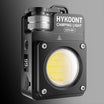
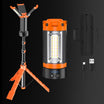
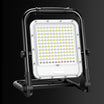
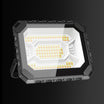


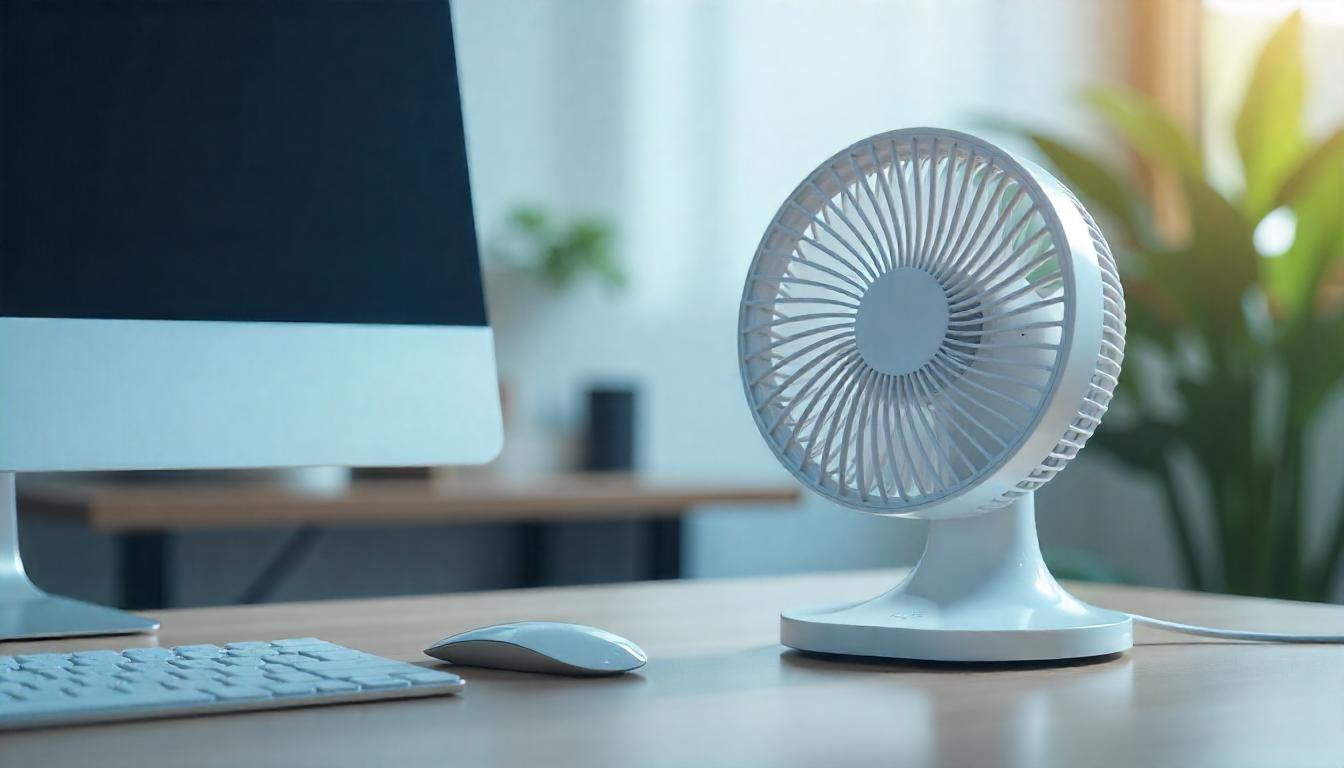
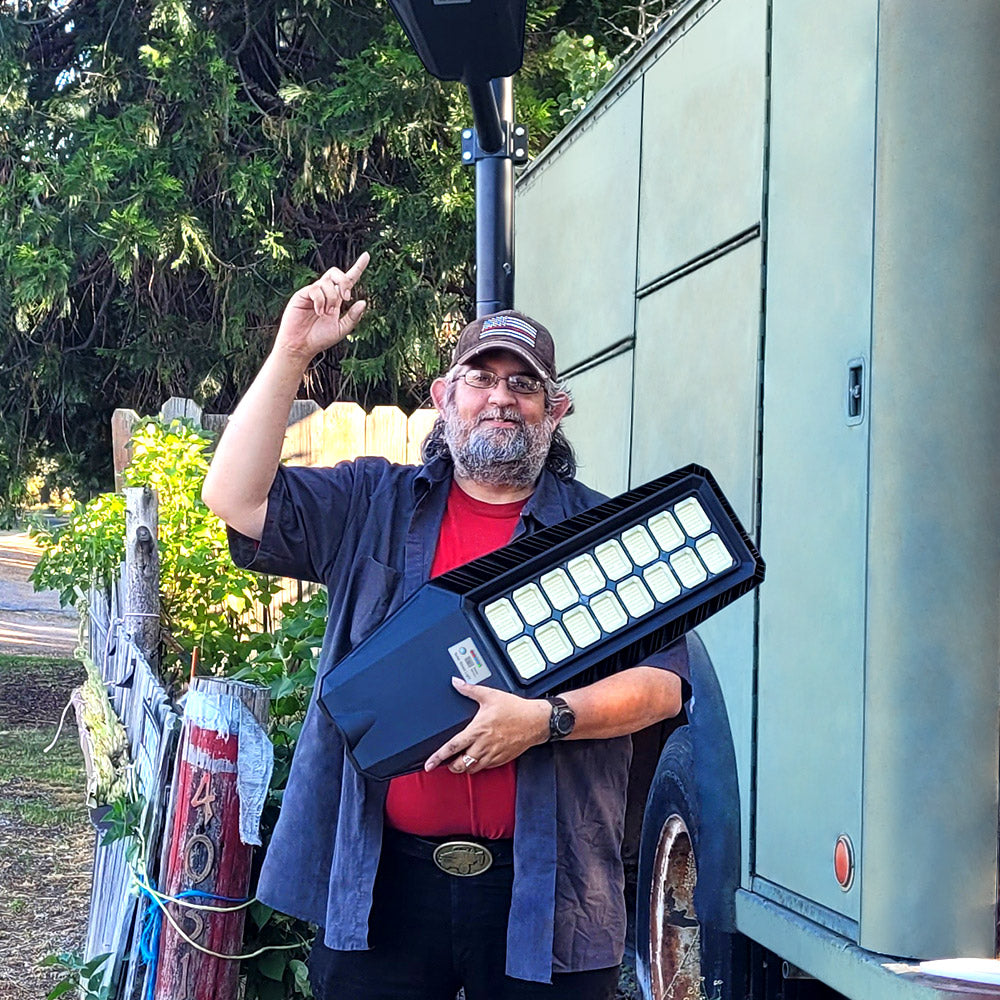




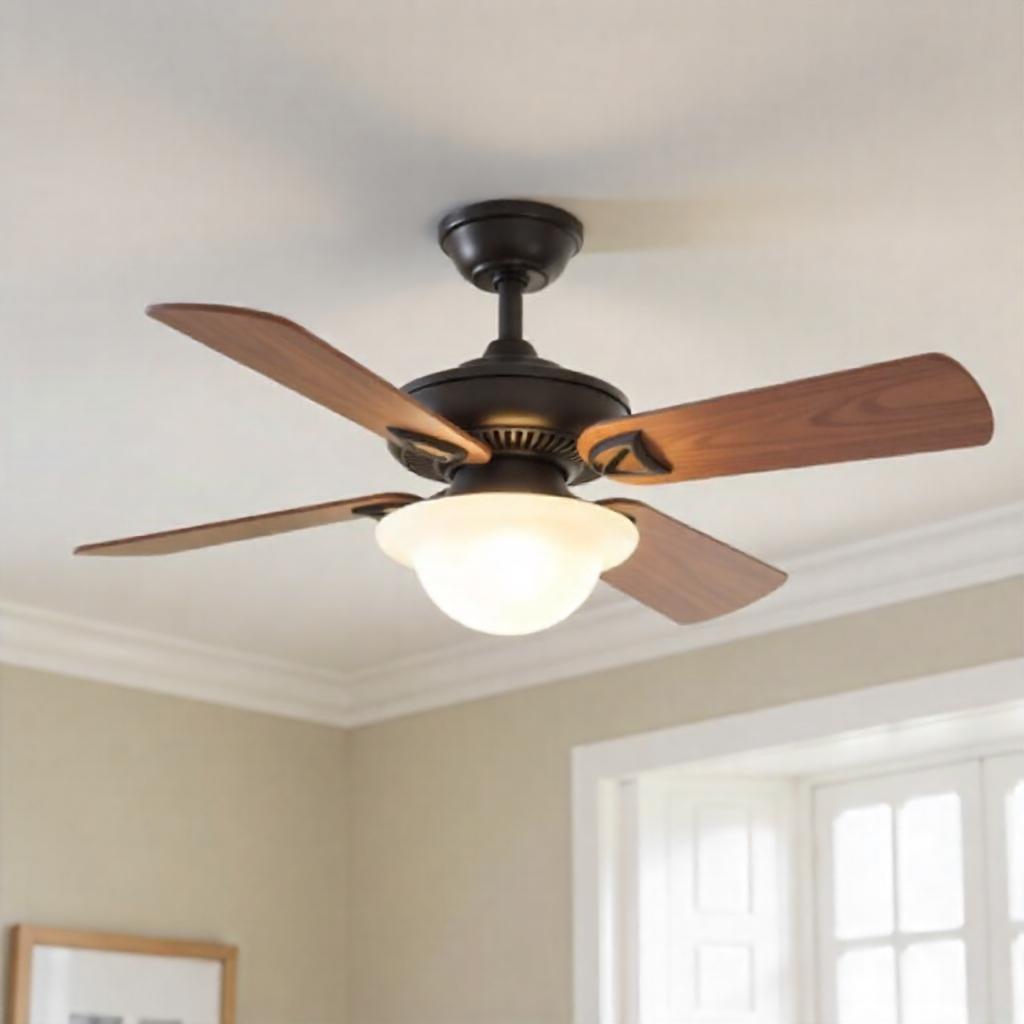
Leave a comment
This site is protected by hCaptcha and the hCaptcha Privacy Policy and Terms of Service apply.